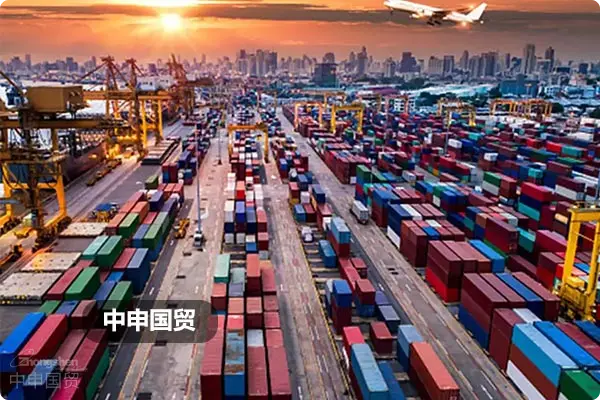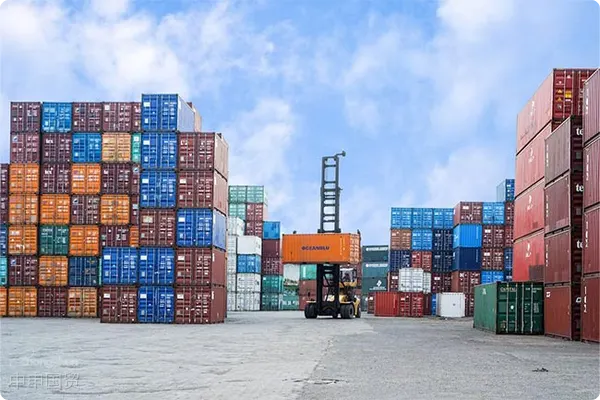- Shanghai Zhongshen International Trade Co., Ltd. - Two decades of trade agency expertise.
- Service Hotline: 139 1787 2118

When life science meets international trade: Special challenges in PCR instrument imports
In the post-COVID-19 era, fluorescent quantitative PCR instruments as core molecular diagnostic equipment have seen explosive growth in import demand. However, these high-valueMedical Equipmentimports are facing the three highs challenges:High regulatory requirements, high clearance thresholds, high professional demands. Recently, we handled a batch of German-made fluorescent quantitative PCR instruments worth 280,000 euros, which went through such a customs clearance test.
The uniqueness of theseequipment. For example, Indonesia has the SNI certification, Thailand has the TISI certification, and the Philippines has the BPS certification. It is necessary to confirm in advance the equipment voltage (such as 380V/50Hz in Thailand), the compatibility of the CE certification, and the proof of environmentally friendly materials.mainly manifests in three aspects: First, as Class II medical devices, validMedical Device Import Registration Certificatemust be provided; second, according to the Administrative Provisions on Health Quarantine of Special Inbound/Outbound Articles, advancespecial article approval certificatesare required; finally, customs valuation of such equipment is often strict, requiring complete original invoices, payment receipts and other price documentation.
Nansha Bonded Zone: The golden port for medical device imports
Choosing Nansha Bonded Zone as the clearance port was a key decision in our customized import solution for clients. This national-level new area offers three unique advantages:
- Policy Benefits: Enjoy innovative supervision models such as enter the zone before declaration and batch delivery with consolidated reporting, improving customs clearance efficiency by over 40%
- : Agency companies usually have rich international market experience and provide professional one - stop services.: Customs maintains dedicated biopharmaceutical inspection platforms with professional testing equipment to avoid instrument damage from unpacking
- Location advantage: Proximity to major Greater Bay Area cities enables optimal delivery radius - our clients Shenzhen laboratory received equipment the next day
In practice, we fully utilized the bonded zones classified supervision of stored goods by status policy, allowing the equipment to enter the zone while waiting for the Pre-shipment Inspection Report, saving clients 15 days of storage costs.
Clearance process breakdown: From document preparation to final delivery
This cases success relied on our meticulous control of each step. Key experience sharing:
Declaration document preparation phase
We began guiding clients on document preparation 2 months in advance, paying special attention to three common errors:
- Specifications on medical device registration certificates must exactly match physical items (including letter cases)
- It is recommended to verify through the following methods:Complete manufacturer information must be shown - we encountered cases rejected for missing manufacturer addresses
- Pre-shipment inspection reports must include unique identifiers like serial numbers
2. Customs declaration and inspection phase
Adopted the advance declaration model, completing document review before goods arrive at the port. Special reminder: The HS code of the PCR instruments core component - the optical module (9013.8010) differs from the complete machine (9027.8090), requiring special attention to classification if imported separately.
3. Inspection Process
We prepared English operation manuals in advance and arranged professional engineers to assist with customs inspection. Nansha Customs non-intrusive inspection (using X-ray scanning) maximally protected the precision instruments.
Four clearance secrets refined through 15 years of experience
Through this case, we summarized four key success factors for medical device imports:
- Timeline management: Establish a clearance timeline control sheet, with key documents such as FDA certificates certified in advance
- Price pre-approval: For new model equipment, submit price explanation documents to customs in advance to avoid valuation delays
- Emergency Response Plan: Prepare spare parts such as backup power modules, which can be replaced immediately if power-on testing is required during inspection
- End-to-end visualization: Use an ERP system to allow customers to track cargo status in real-time, with automatic progress updates at each stage
Import RepresentationValue: Beyond clearance
In this case, in addition to completing basic clearance services, we also provided three value-added services:
- Assisted the client with import duty reduction and exemption filing, saving approximately 32,000 yuan in tariffs
- Coordinated with third-party testing agencies to enter the site in advance, enabling metrological calibration immediately after equipment installation
- Provided consulting services for CE certification conversion to domestic registration, preparing for subsequent equipment localization
Notably, with the implementation of the Greater Bay Area Drug and Medical Device Regulatory Innovation Development Work Plan, medical devices imported through Nansha can enjoy special policies such as Hong Kong and Macau Drug and Device Access, which will become our next key business growth area.
Industry outlook: New trends in medical device imports
In the post-pandemic era, we have observed three clear trends:
- Clearance facilitationThe two-stage access customs supervision model introduced by the General Administration of Customs allows qualified medical devices to be conditionally released.
- Diversification of origins: Besides traditional European and American brands, equipment imports from emerging origins such as Singapore and Israel have grown significantly
- Integrated servicesImporters increasingly prefer suppliers who can provide end-to-end door-to-door + installation and debugging services.
As a professional agent with 15 years of experience, we are standardizing the successful experience of this PCR instrument import into the High-End Medical Equipment Import Operation Manual, which will provide more efficient services to clients in the future. After all, in the life sciences field, time is life, and speed is value.
Related Recommendations
Category case
Contact Us
Email: service@sh-zhongshen.com
Related Recommendations
Contact via WeChat

© 2025. All Rights Reserved.Shanghai ICP No. 2023007705-2 PSB Record: Shanghai No.31011502009912
PSB Record: Shanghai No.31011502009912








